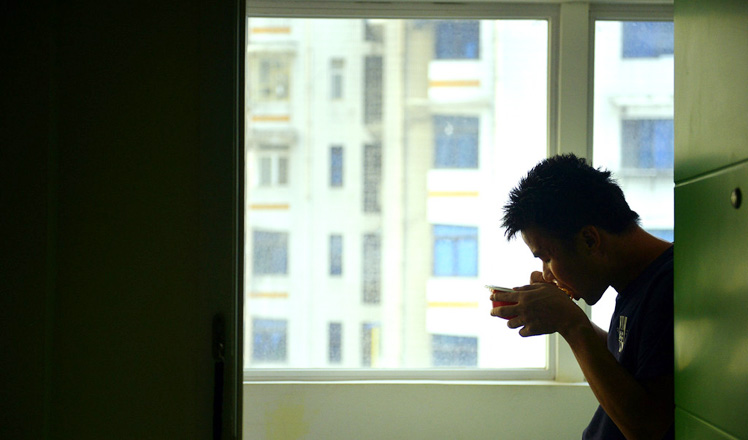Beware the risk in buying art overseas
Updated: 2015-12-01 16:32
(chinadaily.com.cn)
|
||||||||
 |
|
Green and Red Plum Blossom, by Wu Changshuo. [Photo/artron.net] |
Japanese collectors are willing to exchange relics for money
It has been more than 2,000 years since Chinese artworks began entering Japan. According to statistics, 30 percent of Chinese relics on the world market are from Japan.
Before 1900, except for national gifts exchanged between China and Japan, most relics went to Japan during civil cultural exchanges. It is said that overseas students and Japanese painters coming to China took a number of relics away. During World War II, more Chinese relics were taken to Japan from China.
Though it is painful to lose so many, while, these relics are well preserved in Japan. This is why Chinese collectors are in favor of the Japanese auction market.
As the Japanese economy has witnessed a decline in recent years, traditional Japanese collectors are selling their treasures to generate money. New-generation collectors in Japan tend to love western art more, with less people become interested in Chinese relic art.
These young collectors don't know much about Chinese art, and the relics they keep are mostly passed down from preceding generations. Some may sell precious items at quite low prices.
In addition, the Japanese auction market is quite mature and challenging. The same items on the Japanese market may be cheaper than that in China, but with better quality.
According to the Xi'an Evening News, a person once bought a ewer from the Shang and Zhou dynasties (BC 1600 - BC 256) in Japan for 300,000 yuan ($46,890) and then sold it at more than 16 million yuan ($2.5 million) after getting it back to China.
- Britain's Cameron says time to bomb militants in Syria
- Russia accept full suspension from athletics
- Turkish and Russian FMs to meet in Belgrade
- S.Korea, DPRK agree to hold vice ministers' meeting for improved ties
- Avoiding escalation over Russian warplane downing
- Rights panel presses US over scientists' cases

 Xi, Obama pledge to manage differences in constructive manner
Xi, Obama pledge to manage differences in constructive manner
 BRICS media leaders gather in Beijing for cooperation
BRICS media leaders gather in Beijing for cooperation
 Restaurateur spreads Chongqing xiaomian all around the world
Restaurateur spreads Chongqing xiaomian all around the world
 Civil service exam: From mock interviews to mirror practice
Civil service exam: From mock interviews to mirror practice
 'Seoul, a city of stream' exhibition impresses visitors in Beijing
'Seoul, a city of stream' exhibition impresses visitors in Beijing
 IMF includes RMB in SDR basket
IMF includes RMB in SDR basket
 Exquisite gold and jade products go on display in Beijing
Exquisite gold and jade products go on display in Beijing
 Post-85s girl's yoga dream
Post-85s girl's yoga dream
Most Viewed
Editor's Picks

|

|

|

|

|

|
Today's Top News
Chinese bargain hunters are changing the retail game
Chinese president arrives in Turkey for G20 summit
Islamic State claims responsibility for Paris attacks
Obama, Netanyahu at White House seek to mend US-Israel ties
China, not Canada, is top US trade partner
Tu first Chinese to win Nobel Prize in Medicine
Huntsman says Sino-US relationship needs common goals
Xi pledges $2 billion to help developing countries
US Weekly

|

|







